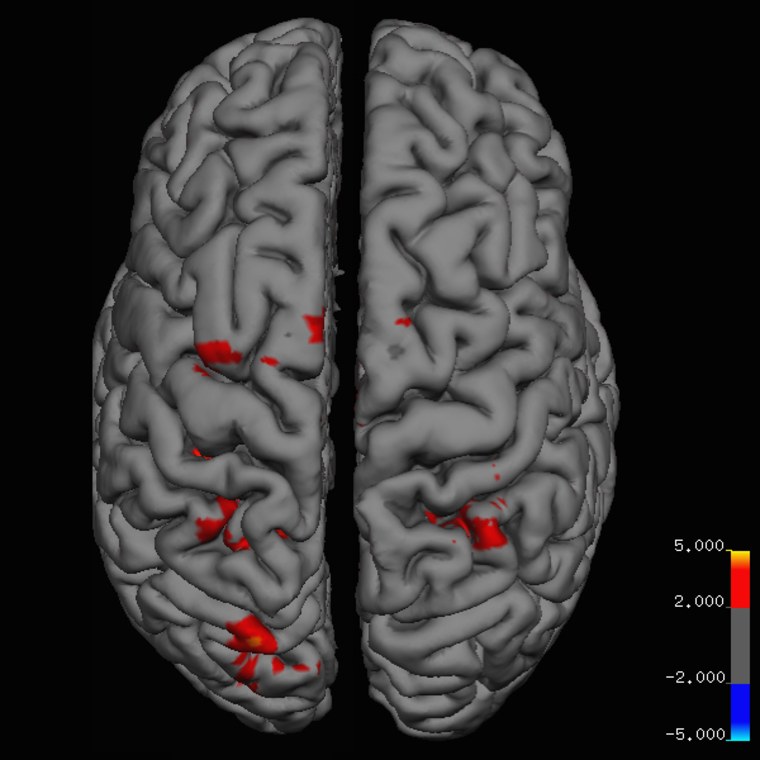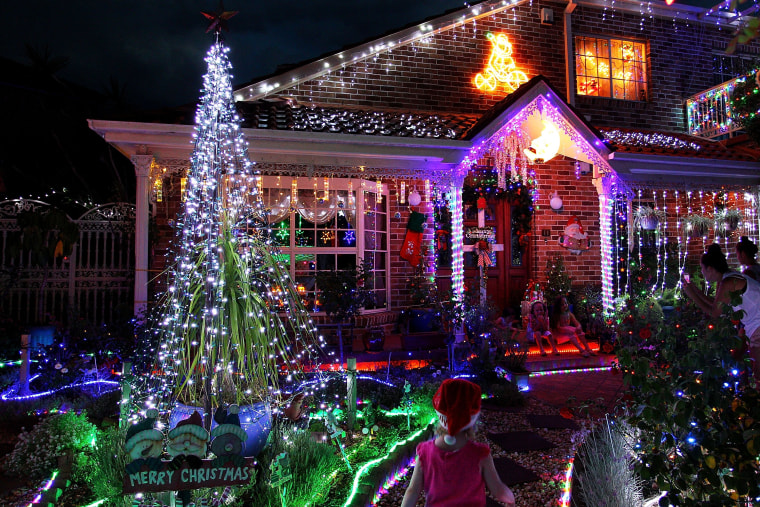People wondering where their Christmas spirit went now can find out just where to look.
It turns out visions of sugarplums really do dance in your head or, more precisely, in the brain. To be really precise, it's in the left primary motor and premotor cortex, right inferior and superior parietal lobule, and bilateral primary somatosensory cortex.

Except for people who don't have any at all.
Danish researchers used advanced functional magnetic resonance imaging (fMRI) on 20 people from various cultures.
"No eggnog or gingerbread was consumed before the scans," Anders Hougaard of the Danish Headache Center and Department of Neurology at the University of Copenhagen and colleagues wrote in the Christmas issue of the British Medical Journal.
They showed their volunteers Christmas-y images such as tasty fritters and holiday street lights. As a control, people looked at dull street scenes and slices of brown bread.
"After the scan, all participants filled out a questionnaire about their Christmas traditions, feelings associated with Christmas, and ethnicity," the team wrote in the journal, which dedicates this issue to holiday fare itself.
Half their volunteers displayed a happy holiday spirit, and their brains lit up with a similar pattern when they viewed the festive images. The other half showed a depressing "bah, humbug" syndrome, Hougaard's team reported.
"Comparative studies of these patterns will also be imperative in studying other seasonal disturbances, related to, for example, Easter, Chanukah, or Diwali," they concluded.

